This website uses cookies so that we can provide you with the best user experience possible. Cookie information is stored in your browser and performs functions such as recognising you when you return to our website and helping our team to understand which sections of the website you find most interesting and useful.
Vyhledávání
Multi Jet Fusion (MJF)
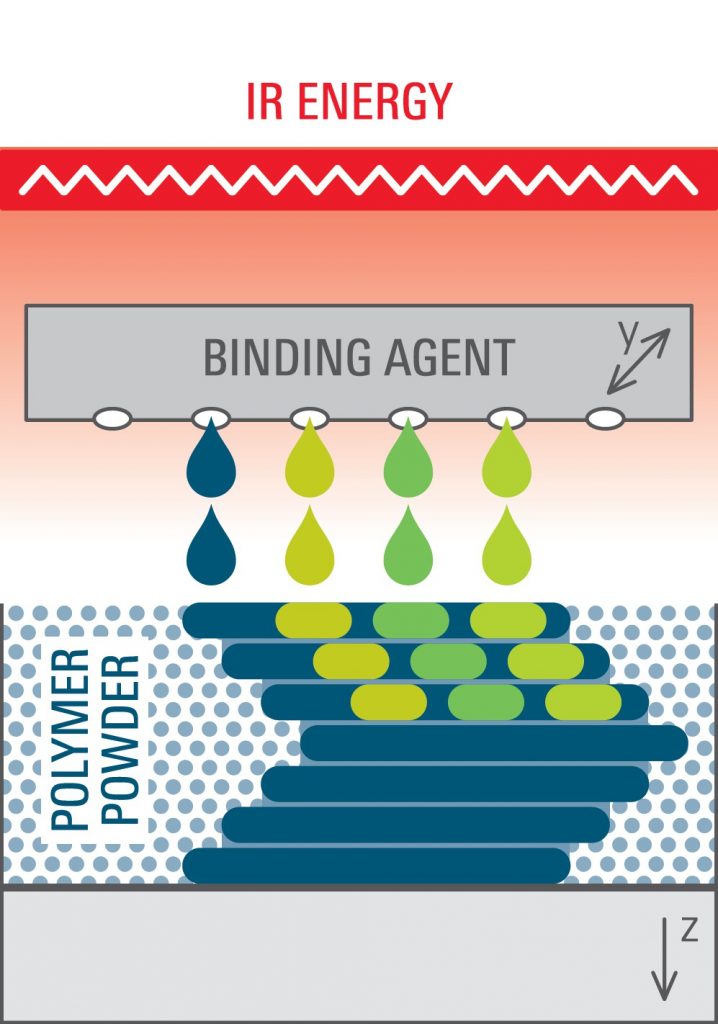
The Multi Jet Fusion technology uses a powder for its production process. The process starts by warming up the area to be covered by the powder. A binding agent is precisely applied on the powder layer, using printing heads. The binding agents is gradually hardened using a thermal source to create the final product.
With its high solidity and the level of detail, the resulting products can be used as functional prototypes or end parts. The high-speed printing also enables small-run production. The technology supports full-colour printing or print solidity or properties modifications.
HP Jet Fusion 3D 4200
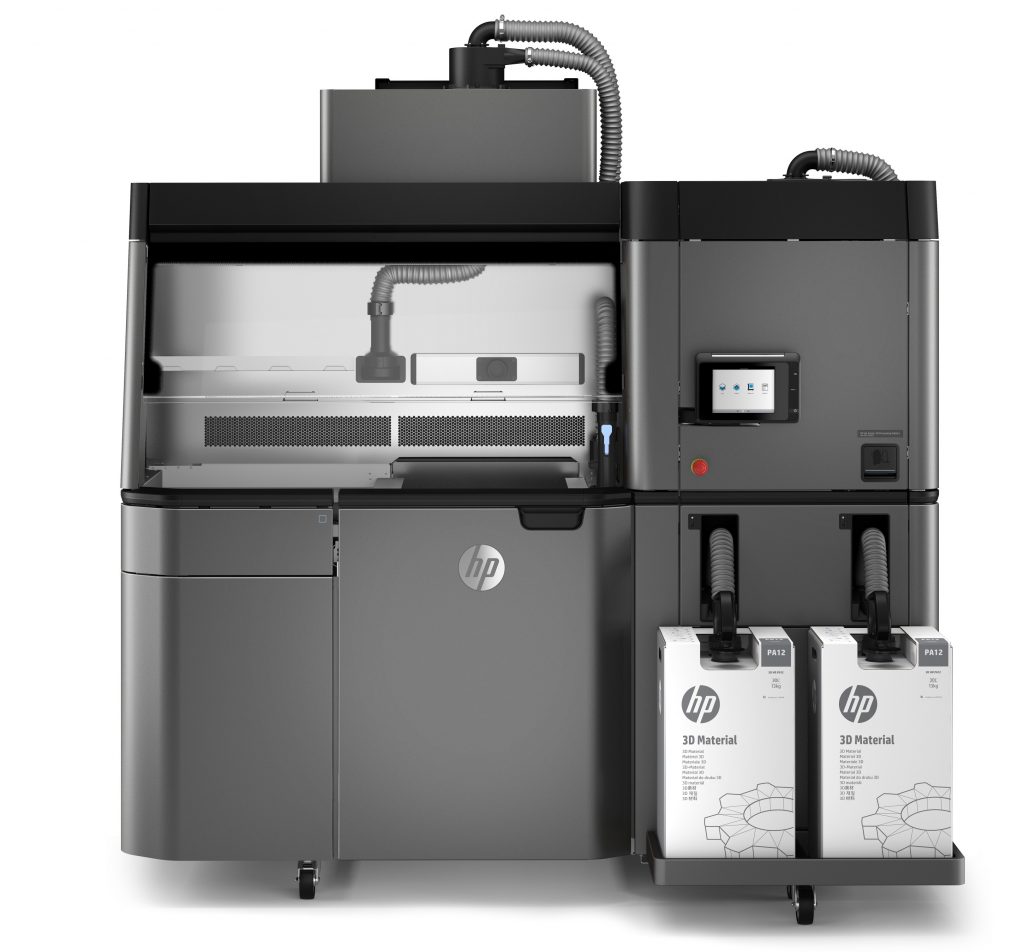
HP Jet Fusion 3D 4200 offers excellent mechanical and chemical resistance of functional prototypes and final parts. The printing material recycling process optimizes this machine’s production costs. In this field, this devise is a competitor to injection moulding.
Product examples:
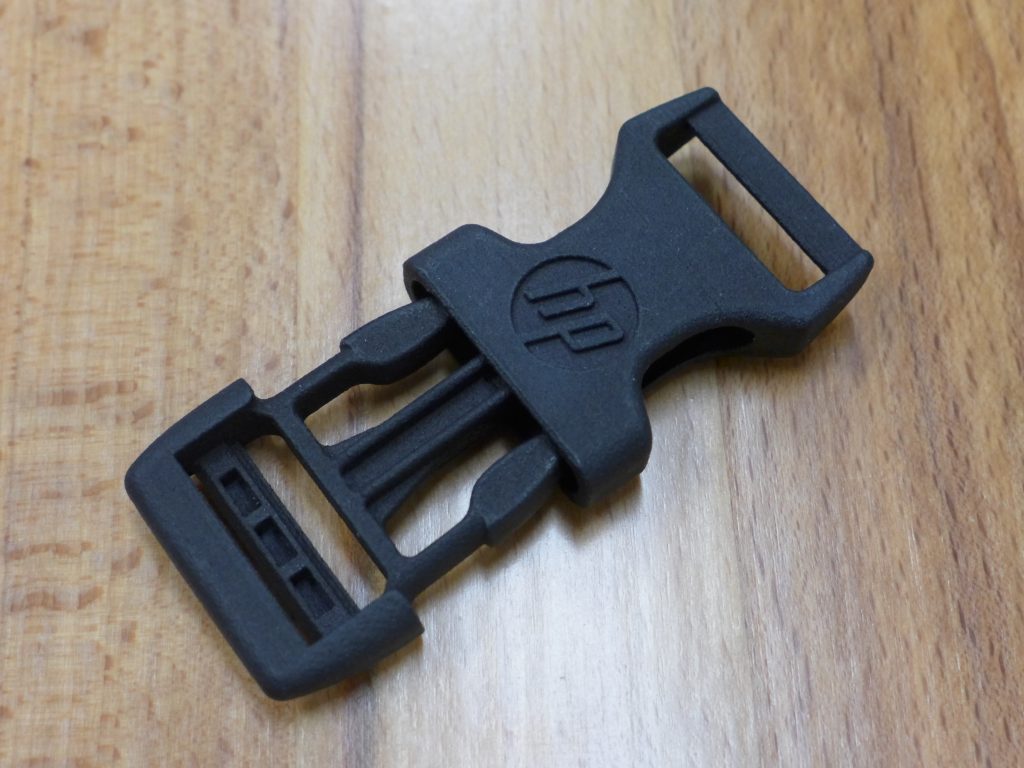
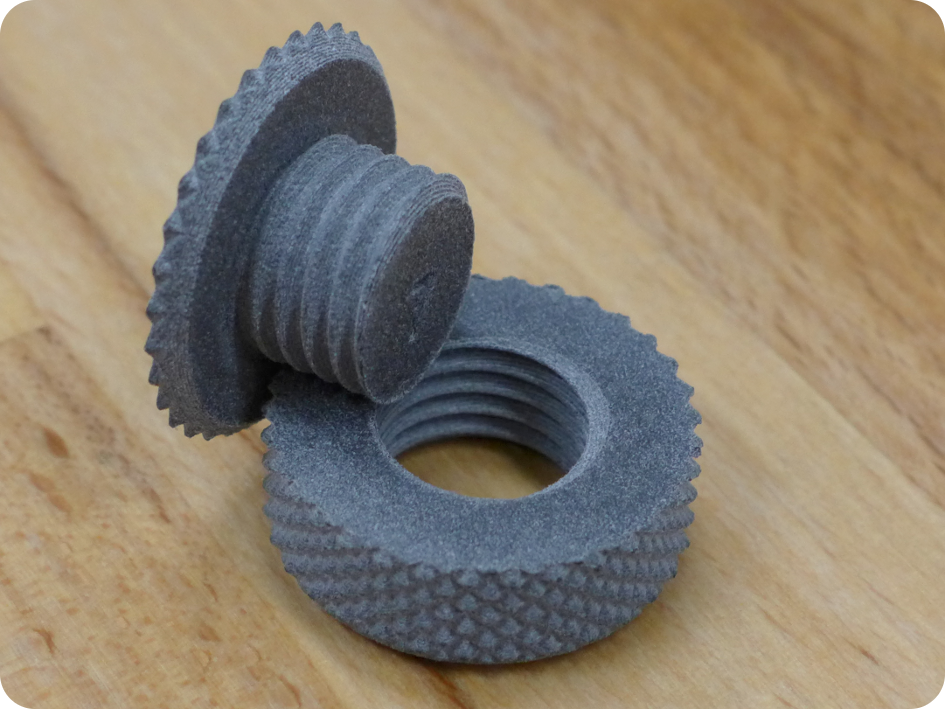
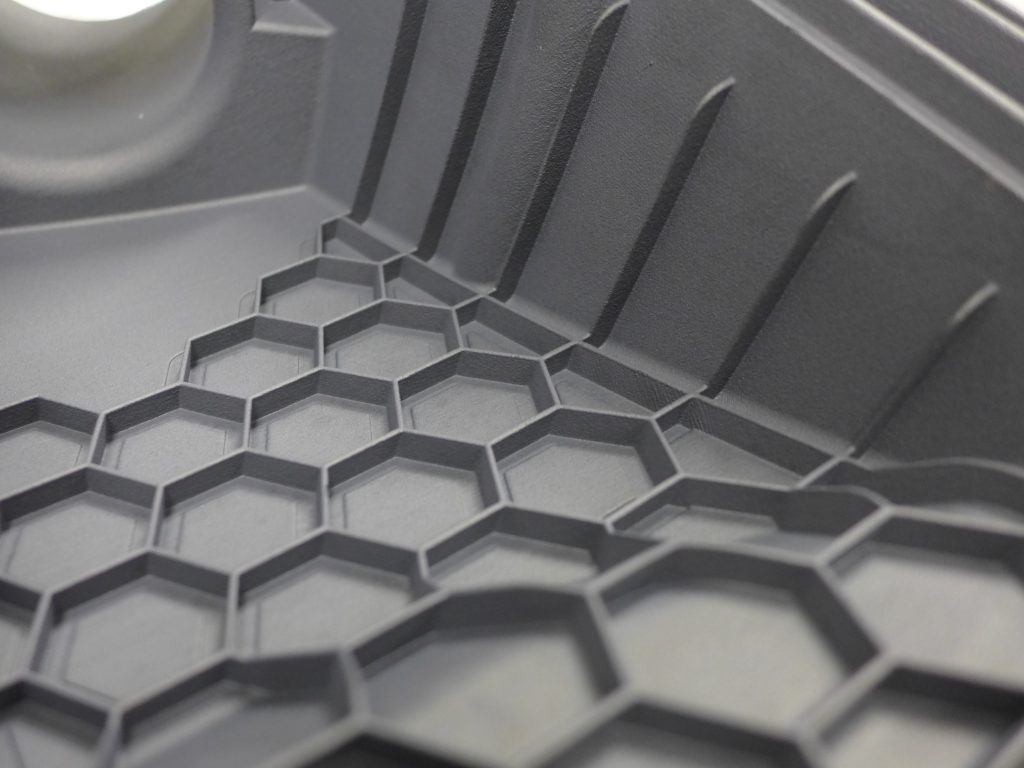
| Building space | 380 x 284 x 350 mm | |
| Layer thickness | 70 – 100 µm | |
| Available materials | PA12 | solid material, parts with a high level of detail |
| PA12 GB | material filled with glass balls to increase stiffness | |
| PA11 | pliable material |
Schematic images of 3D printing technologies are used with the permission of Prof. Steffen Ritter.

 The NCK for MATCA is supported by the
The NCK for MATCA is supported by the